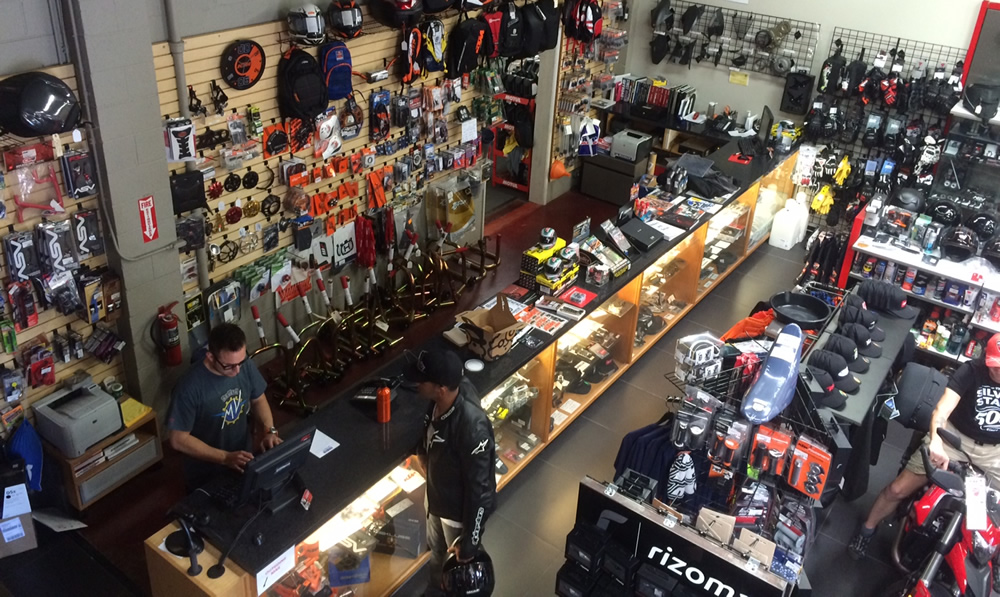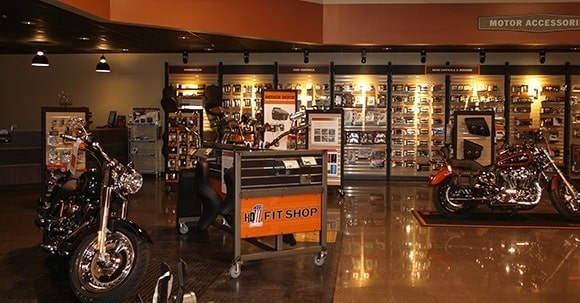Recognizing the Important Parts of a Bike: A Comprehensive Overview for Enthusiasts
For motorbike lovers aiming to boost their riding experience and ensure their bikes run efficiently, understanding the important elements of a motorbike is paramount. Each element, from the engine's elaborate operations to the vital function of the braking mechanisms, not only affects efficiency but additionally safety and comfort. This guide will walk through the basic parts that every motorcyclist need to recognize with, enabling educated selections in both maintenance and possible upgrades. As we start this exploration, one must ask: just how does each part engage to develop the seamless adventure every lover looks for?
Engine Parts

The camshaft plays a crucial role in managing the timing of the engine's valves, making certain the specific opening and closing essential for effective gas and air consumption, in addition to exhaust expulsion. This timing is vital to maintaining optimal engine performance and performance. Furthermore, the carburetor or fuel shot system, depending upon the bike version, is in charge of mixing air with gas in the appropriate ratio for combustion.
The air conditioning system, either air or liquid-based, functions to maintain the engine's temperature within functional restrictions, preventing getting too hot and guaranteeing longevity - mx gear nz. Each component, meticulously designed and incorporated, adds to the seamless procedure of the engine, defining the bike's power output and overall efficiency
Transmission System
Essential to the motorbike's performance, the transmission system makes sure effective power transfer from the engine to the wheels. This system consists of a number of crucial elements, including the clutch, gearbox, and final drive, each playing an important duty in translating the engine's power into activity. The clutch, commonly operated by a hand bar, offers to disengage the engine and involve from the transmission, enabling smooth equipment adjustments and regulated acceleration.
The transmission, frequently described as the transmission proper, contains a collection of equipments that bikers can manually move via to adjust the bike's rate and torque output. These gears are organized in a series that enables the motorbike to accelerate smoothly and preserve optimum engine performance across different rates. The majority of motorcycles use a sequential transmission, requiring the cyclist to change gears in a predetermined order.
Braking Systems
While comprehending the transmission system is essential to taking advantage of a motorbike's power, similarly important is the ability to control and stop that power efficiently, which is where braking devices come into play. Brakes are critical for safety and security and efficiency, giving the motorcyclist with the needed control to navigate different terrains and conditions. Usually, bikes feature 2 kinds of stopping systems: disc brakes and drum brakes.
Disc brakes are more prevalent in contemporary motorbikes because of their exceptional efficiency. They include a brake disc, caliper, and pads. When triggered, the caliper squeezes the brake pads versus the rotating disc, converting kinetic power right into heat, thereby reducing the wheel. YOURURL.com This system uses much better heat dissipation, regular performance, and improved stopping power, especially in damp conditions.
Alternatively, drum brakes, though much less usual, are still found in some bikes. They work by pushing brake footwear versus the inner surface of a drum connected to the wheel. While usually much less reliable in warmth dissipation and quiting power, drum brakes are simpler and extra cost-efficient.
Comprehending these stopping systems' subtleties enables bikers to maintain their motorcycles correctly and appreciate the engineering that makes certain secure and effective stopping.
Suspension and Steering
Suspension and steering systems are important parts that dramatically affect a motorbike's handling and ride comfort. The suspension system, containing forks at the front and shock absorbers at the rear, absorbs roadway irregularities, boosting security and control. Front forks, usually telescopic or upside down, compress and rebound to minimize impacts, while back shock absorbers maintain tire call with the road, critical for traction and safety.
Steering, centered around the handlebars, links the motorcyclist to the motorbike's directional control. The steering head bearings guarantee smooth procedure, permitting accurate ability to move. Appropriate placement and maintenance of these bearings are critical for foreseeable guiding action and lowering cyclist exhaustion.
The basics suspension's adjustability is another crucial element; preload, damping, and rebound setups enable customization to fit numerous riding problems and designs. This versatility is vital for optimizing performance, whether navigating urban roads or tackling tough trails. Innovations like electronic shock absorber supply real-time changes, improving ride quality throughout varied terrains.

Electrical Solutions
After ensuring a regulated and smooth trip through efficient suspension and guiding systems, attention turns to the electrical systems, an essential aspect of contemporary motorbikes. These systems play a critical role not just in starting the engine but also in powering different parts that boost the functionality and safety and security of the bike.
At the heart of a motorbike's electrical system is the battery, which stores electric power needed for starting the engine and powering complementary systems - motocross parts nz. The generator or generator, coupled with the rectifier-regulator, makes sure the battery continues to be charged while the bike functions, converting mechanical power right into electrical power and preserving voltage levels
The ignition system, one more essential part, is accountable for firing up the air-fuel blend in the engine's cyndrical tubes. Modern motorbikes commonly make use of a digital ignition system, using higher efficiency and dependability compared to standard systems.
Lighting systems, including headlights, tail lights, and indications, are additionally crucial, making sure visibility and safety for the motorcyclist. Added digital components such as sensing units, control systems, and displays contribute to advanced functions like gas shot management, anti-lock stopping systems (ABDOMINAL MUSCLE), and electronic dashboards, further improving the riding experience.
Final Thought
A detailed understanding of a bike's crucial elements, consisting of the engine, transmission system, braking mechanisms, suspension, guiding, and electrical systems, is important for fanatics aiming to enhance convenience, efficiency, and security. Proficiency of these components permits informed choices relating to maintenance and upgrades, inevitably boosting the riding experience. By integrating this knowledge, riders can ensure their motorbikes operate at peak effectiveness and integrity, therefore maximizing both enjoyment and longevity of their automobiles.
For motorbike lovers looking to boost their riding experience and guarantee their bikes run efficiently, comprehending the important parts of a bike is critical.Indispensable to the motorbike's functionality, the transmission system ensures reliable power transfer from the engine to the wheels.While recognizing the transmission system is crucial to harnessing a motorbike's power, equally crucial is the capability to manage and click reference stop that power properly, which is where braking systems come right into play. Commonly, motorcycles include two kinds of stopping systems: disc brakes and drum brakes.
A detailed comprehension of a motorbike's crucial parts, including the engine, transmission system, stopping systems, suspension, guiding, and electrical systems, is important for enthusiasts aiming to enhance convenience, security, and performance.